How long do truck tires last? This is a common question we hear from drivers on the road who want to ensure that they are keeping their semi-truck in top condition and getting the most for their miles. The condition of your tires can impact quite a few things, from how smooth your ride is to your fuel efficiency. Keeping your tires well maintained lowers your risk of accidents on the road, helps you get more miles per gallon when you fill up at the pump, and more. So, how long do semi-truck tires last and how do you know when it is time to get a new set? Follow these tips, from the experts at LubeZone Truck Lube Center.
It’s important to know that if one part of your tire becomes compromised you will need to replace the tire for your safety, as well as the safety of others on the road. Experts recommend replacing your tires in sets, as sets with uneven treads can cause your truck to ride more roughly.
You should never keep tires on your truck for longer than six years, though the average lifespan of a semi-truck tire is anywhere from three to six years if they remain in good condition. If you are going by mileage, experts generally recommend that you replace your tires anywhere from every 25,000 miles to every 75,000 miles. Numerous things will impact how long you can go without changing your tires.
When asking how long do truck tires last, you must pay close attention to several things. First, make sure that you get routine truck tire service near you to check for anything that may be wrong. Tires can develop air bubbles or cracks that damage their integrity. They can also get small holes in them that cause slow leaks, which can lead to blowouts and deadly accidents. If your tires are cracked or get bubbles in them you will need to replace them.
Other elements that impact how long your semi-truck tires will last include:
There are several factors that impact the lifespan of your tires, but first it’s important to know a little bit about the anatomy of your tires and why they’re so important.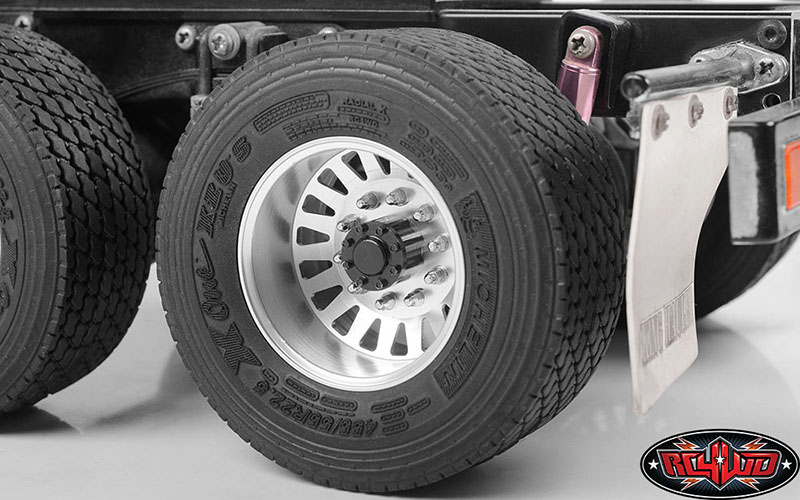 Your tires are more than just a thick rubber. Semi-truck tires are made up of up to seven different layers that can comprise more than 200 different materials. They’re extremely complex by design, as they carry large and often expensive loads.
Your tires are more than just a thick rubber. Semi-truck tires are made up of up to seven different layers that can comprise more than 200 different materials. They’re extremely complex by design, as they carry large and often expensive loads.
Not only are semi-truck tires made up of synthetic and natural rubber, but they also contain chemicals like sulfur and zinc oxide that help with things such as traction and rolling resistance on the road. Additionally, fillers such as carbon black and silica make your tires stronger than just rubber alone, and then metallic and textile reinforcements are added to help provide shape and more strength. Common reinforcements include rayon, wires, nylon, and polyester.
These materials are formulated to create each of the seven layers in semi-truck tires. The seven layers are as follows.

Ensuring that your tires are properly maintained, have the appropriate air levels, and are in good condition is essential to your safety as well as the safety of other drivers. Tire blowouts can cause deadly accidents and the most common causes are tires that have damage, tires that are improperly inflated, and tires that are worn out and too old.
Tire blowouts can cause deadly accidents and the most common causes are tires that have damage, tires that are improperly inflated, and tires that are worn out and too old.
When you come into LubeZone Truck Lube Center, we can check the air pressure in your tires each time to ensure that they meet manufacturer requirements. It is important that your tires have the proper amount of air in them to ride smoothly, get the most out of your fuel mileage, and maintain their shape and form to prevent blowouts.
Having your tires checked by professionals at each routine stop can help you increase their lifespan, saving money on frequent replacements due to premature wear and tear. When asking how long do truck tires last, taking routine checks and maintenance into consideration is key. In addition to tire air pressure checks, at our Baytown, Texas location LubeZone Truck Lube Center offers an alignment service as well.
LubeZone Truck Lube Center is the go-to for semi-truck preventative maintenance. Not only do we perform full-service oil changes in 40 minutes or less, but we can also conduct tire air pressure checks among other services such as oil analysis and air filter replacements. Additionally, we offer Department of Transportation certified inspections and state inspections at select locations.
Not only do we perform full-service oil changes in 40 minutes or less, but we can also conduct tire air pressure checks among other services such as oil analysis and air filter replacements. Additionally, we offer Department of Transportation certified inspections and state inspections at select locations.
With eleven locations across four states, and still growing, LubeZone Truck Lube Center facilities are located along major interstates near convenient truck stops, shopping plazas, restaurants, and more.
LubeZone
LubeZone is the fastest growing dedicated semi-truck service in the United States with locations in Texas, California, Oklahoma and Georgia. Our preventative maintenance solutions are designed to get the professional driver back on the road FAST.
Tires are frequently listed as one of the highest maintenance expenditures for commercial trucking fleets, and managers are always exploring methods to cut costs.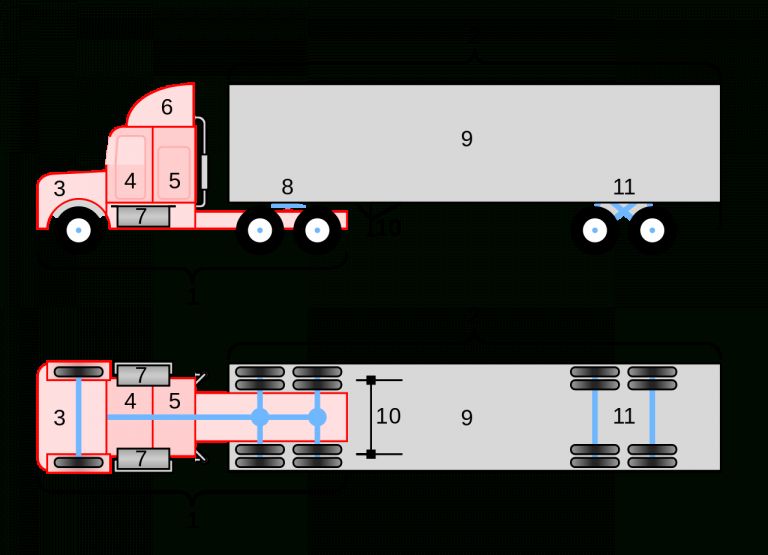
However, if you’re new to driving a semi truck, you may be curious about how long semi truck tires last. If you’d like to find out, keep reading this article to see what I learned!
Semi-truck tires should last between 25,000 and 50,000 miles (40,000 to 80,000 km), but through improved attention and care, this value can be stretched by up to 50 percent. While there’s no rule limiting the use of old tires, most professionals believe that semi truck tires should be replaced every three to six years.
To learn more about what distance and age semi-truck tires last, the cost of semi-truck tires, and the best semi-truck tire brand, keep reading for more useful facts!
How Many Miles Do Commercial Truck Tires Last?Truck tires should last between 25,000 and 50,000 miles as a general guide. However, with regular care and attention, that number might increase by up to 50 percent.
Therefore, truck tires might last up to 75,000 miles (about 120,000 km) before they need to be replaced.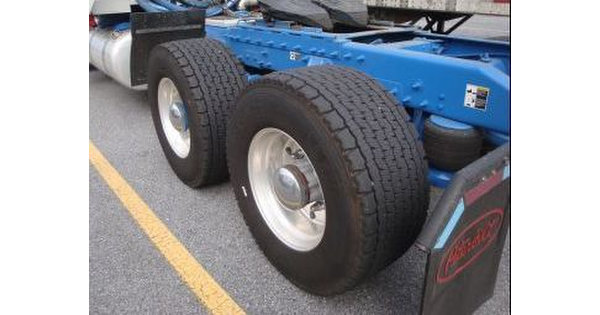
Note that tires should be maintained on a regular basis to ensure that they’re safe for use on the road, so checking tire pressure, examining tires for gouges or cracks, and repairing or replacing as needed are all necessary to increase the longevity of your tires.
Even though there are no rules prohibiting the use of old vehicle tires, most specialists believe that semi-truck tires should be replaced every three to six years.
It’s usually a good idea to start looking for replacement tires for your fleet if your tires were purchased more than six years ago, and one major reason for this is the risk of tire deterioration and the hazards of shredded tires.
Tire care for heavy-duty trucks may extend the life of the tires by more than six years. Tires for trucks are often designed for heavyweights and long-distance travel, which is why the average tire warranty is seven years.
Nevertheless, truck drivers should keep track of the tread depth and kilometers traveled in addition to the age of their tires.
Most professionals believe that semi-truck tires should be replaced every three to six years.
As stated above, you should start looking for replacement tires for your fleet if your tires were purchased more than six years ago.
Note that if there are any bulges in the sidewalls of truck tires, they should be replaced immediately since they might be hazardous.
Most states require that treads on truck tires be at least 3/32 of an inch, which can be determined by placing a coin in the tread, with the head side down. If the tread is at or above the head, you should change your tires.
Additionally, wear bars will be found on the majority of new tires, indicating when they need to be changed.
How Much Does A Semi Truck Tire Cost?The average cost of a semi truck tire is around $500 (some of them are available for as low as $150).
The most affordable semi-truck tire is not always the most cost-effective tire, so keep this in mind when making your purchase.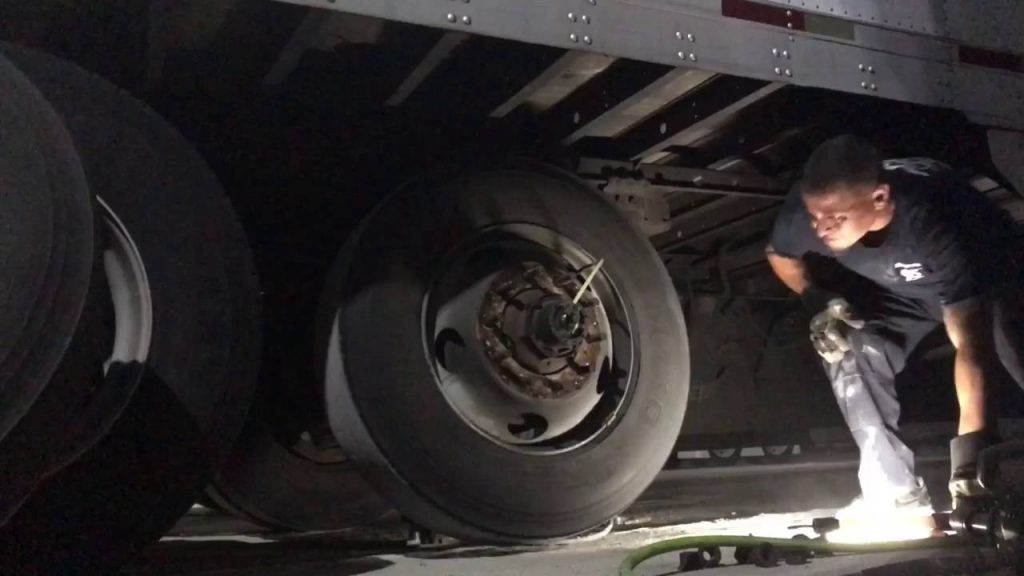
Furthermore, several tire types are designed for use on semis’ driving wheels, steering wheels, and trailer wheels, resulting in more price variances.
Probably the most expensive form of semi-truck tire is drive-wheel tires, while trailer tires are the least expensive.
When making a purchase choice, it’s crucial to consider the cost per mile (take into account a tire’s usual lifespan).
When making your choice, remember that some manufacturer warranties can last up to ten years, depending on the brand.
What Semi Truck Tires Last The Longest?Michelin is by far the most popular commercial tire manufacturer, as their X Line Energy Z – Steer and D – Drive tires are among the best semi truck tires with a tread life of between 200,000 miles and 400,000 miles (322,000 to 644,000 km) respectively.
These tires combine hardness, long tread life, dry and wet weather performance, and low rolling resistance for reduced fuel usage.
If you typically drive on paved roads, Michelin tires will likely have the longest tread life of any rival in the sector.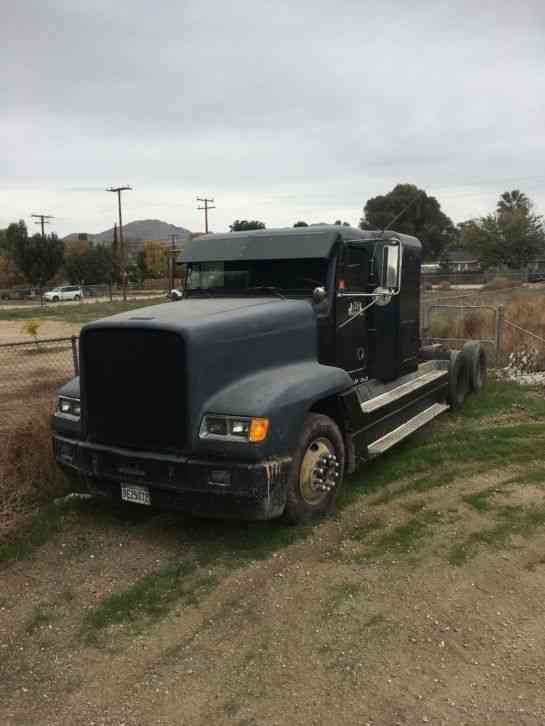
Assess the condition of your tires at every pre-trip checkup for air leaks, sidewall damage, evidence of uneven wear, and anything unusual.
What Is The Size Of Semi-Truck Tires?Common truck tire sizes are 295/75R22.5, 275/70R22.5, and 225/70R19.5, among others.
While tire size lists are useful and cover common truck tire sizes, they’re useless if you don’t grasp what these numbers represent for you and your truck.
When breaking down the first size, 295/75R22.5, into its component parts, you can see how semi-truck tires are scaled in numerous ways.
295 refers to the tire width and is expressed in millimeters, and having the correct tire width for your truck is crucial because it’s the only contact of your vehicle with the road.
75 is the aspect ratio and represents the percentage of the length of height to width, which is crucial in sizing calculation and in determining the best wheel and tire combination.
R stands for radial, this means that the steel belts within the tire run at a 90-degree angle to the direction the tire is facing.
22.5 is the diameter representing only the diameter of the hole and not the whole tire, so you would need a wheel with a 22.5-inch diameter to fit with this tire.
To learn more about tires, you can also read our posts on how much do monster truck tires weigh, what are XL tires, and how long do trailer tires last.
ConclusionOn average, semi truck tires last between 25,000 and 50,000 miles with a possibility of increasing up to 75,000 miles through regular care and attention, and most experts are of the opinion that semi-truck tires should be replaced every three to six years.
Michelin tires are among the leading semi-truck tires with a tread life of between 200,000 miles and 400,000 miles. When determining how long truck tires last, it’s important to include frequent inspections and maintenance.
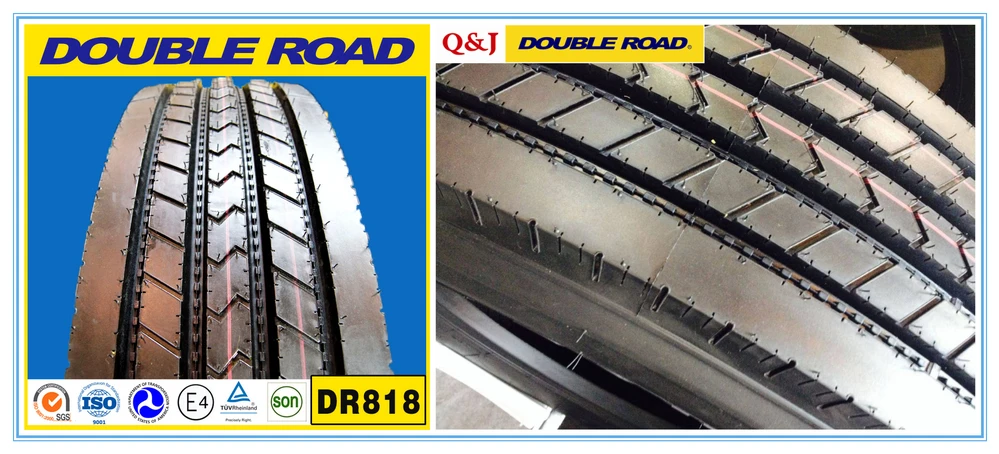 Shelf life, storage and service life
Shelf life, storage and service life A car tire is a rubber elastic shell that is mounted on a disc rim. It is she who is in direct contact with the surface of the roadway and is directly designed to reduce small fluctuations on the roads, as well as to compensate for flaws in the trajectory of the wheels. During operation, it is subjected to heavy loads of a diverse nature, therefore it naturally has its own service life, which is influenced by a number of factors.
Expiration date is the period during which the company guarantees the possibility of using the product for its intended purpose and bears full responsibility for defects that arose through its fault.
When buying tires, you need to look so that no more than three years have passed from the moment of production. The date of manufacture and any other information is very easy to find out, it is indicated on the tire label among the general information about dimensions, design, speed and load ratings.
Tire production date
Russian legislation establishes the service life of car tires under warranty in accordance with GOST 4754-97 and GOST 5513 - 5 years from the date of manufacture, but for tires, first of all, the main indicator is the quality of the product, not time its use.
According to GOST, the average tire life should be calculated in the following order:
Experts recommend replacing tires before they reach their expiration date. Some motorists believe that rubber is suitable if it is rarely used, and at the same time its age is already 5-6 years old, but this is an erroneous opinion! Indeed, due to the fact that defects appear in tires during operation and storage, they are associated with its oxidation and cracking - at a critical moment, it can let you down.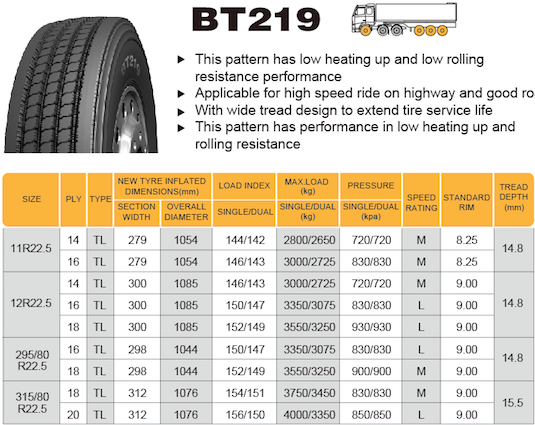
Shelf life - a certain period during which the product, subject to the established rules of storage and operation, must retain all its properties. If the shelf life has expired, this does not mean at all that the product is unsuitable for use, but its technical characteristics may decrease.
Tires can age through physical and chemical processes, this hypothesis applies to tires that are not used or little used. To prevent the aging process itself, special substances are added to the rubber compound that help counteract harmful chemical compounds with oxygen and ozone. Doing so will ensure that, when stored properly, the tire will meet the definition of a new tyre.
It should be noted that the warranty shelf life is not the service life of . The storage period for five years is set, not because the tire will deteriorate after that, but because, according to the law, the manufacturer does not have the right to establish a shorter warranty period, which is protection for the end user.
In recent years, many American experts believe that the shelf life and operation of car tires should be limited to 10 years. In turn, German experts believe that the expiration date of tires should be limited to 6 years, this also applies to new tires.
Rules and norms for storage of pneumatic tires according to GOST 24779-81:

For a complete list of rules and recommendations for proper tire storage, see the article “How to store car tires”.
Well-known brands of imported tires, such as: Bridgestone, Michelin, Goodyear and Dunlop last up to 10 years or more from the date of manufacture, this period is generally accepted throughout the world.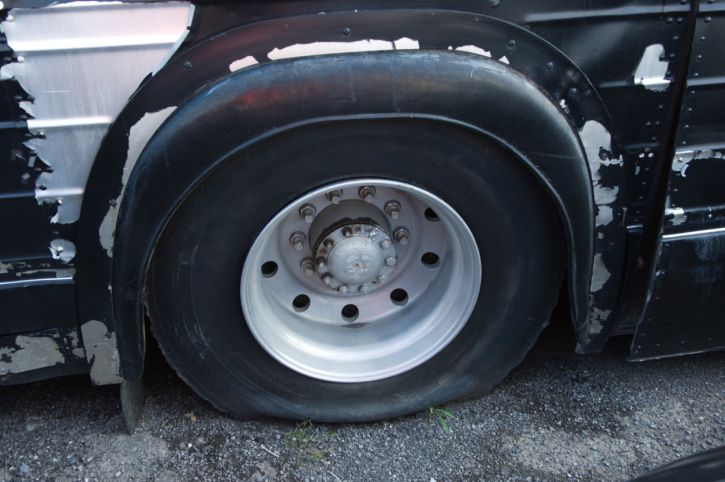 But the total shelf life and storage in the warehouse, from the date of issue, tires Continental is no more than 5 years.
But the total shelf life and storage in the warehouse, from the date of issue, tires Continental is no more than 5 years.
Although, as we have already figured out, the storage conditions of tires mean a lot, not only new ones, but also those that were removed from the car until the next season. For example, nokian tire expiration date ranges from 3-5 years, subject to verification at least 1 time per year, after 5 years of use.
Unfortunately, the legislation does not establish the permissible storage periods for tires in a warehouse, but experts believe that a tire that has lain there for about 5 years is still equal to a new one.
The tire life of a vehicle is the length of time the manufacturer warrants the tires and is fully responsible for any defects found during use. According to manufacturers, tires should last at least ten years, although in practice they have to be replaced approximately every 5-6 years, in some cases even less.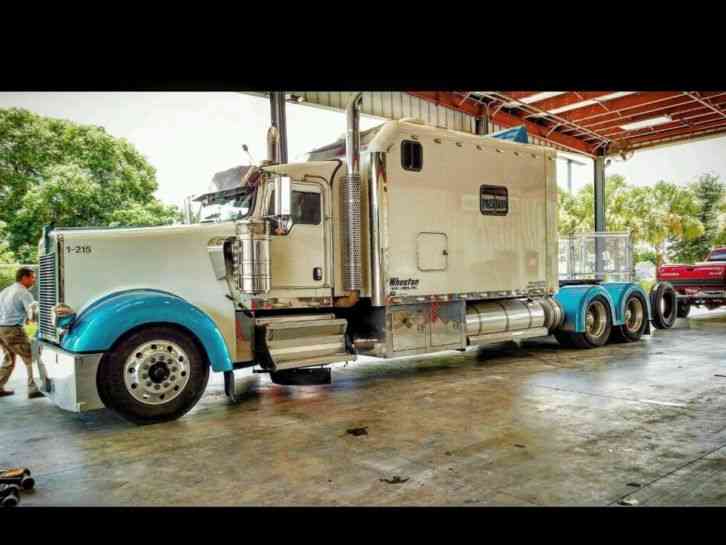
There are many different factors that affect the wear of car tires, the main ones are listed below:
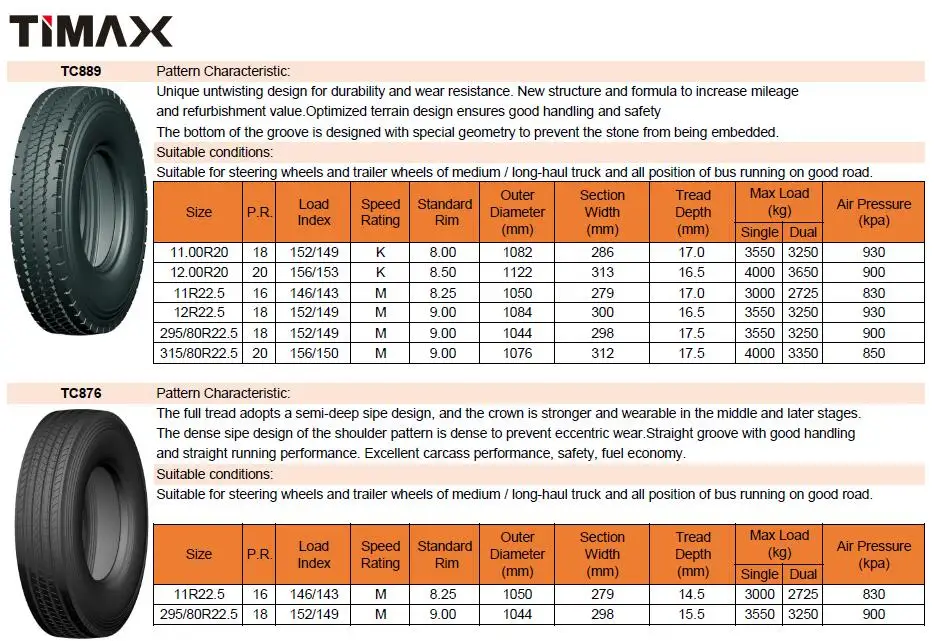
Next, let's take a closer look at the instructions for certain actions that need to be performed in case of wear on car tires.
When diagnosing tires, in addition to the fact that it is imperative to pay attention to the degree of wear, there are also other equally important factors indicating the end of the service life.
In order to determine when the service life of car tires ends with a detailed inspection, you need to pay attention to the following points:
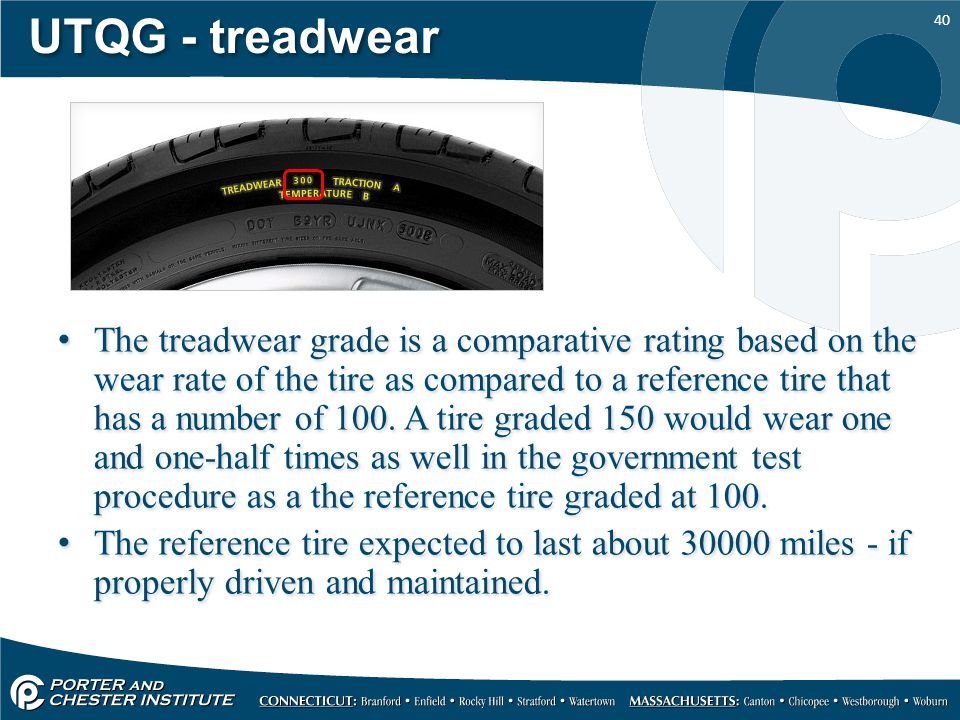
When any defects were noticed in the tires, it is recommended to carry out a replacement, and not a rescue restoration, in order to somehow extend the period of use.
To prolong the life of car tires, it is necessary to periodically diagnose them.
In order to make your tires last longer, you need to follow certain rules of use:
 This is because uneven tire pressure results in uneven tread wear. If the internal pressure is reduced by 10%, then this can lead to a 10-15% reduction in tire life. If the pressure is increased, then the wear also increases, but 2 times less than in the reduced one.
This is because uneven tire pressure results in uneven tread wear. If the internal pressure is reduced by 10%, then this can lead to a 10-15% reduction in tire life. If the pressure is increased, then the wear also increases, but 2 times less than in the reduced one. Since there is always more wear on the front (driving) wheels, then every 10-15 times. thousand or at the time of changing seasonal tires, it is advisable to change it in places.
Swapping front tires to rear tires
Scheme of swapping 5 car wheels
Please note that although there are tires with directional and non-directional patterns, you still cannot change the direction of rotation of the wheel. And in the second option, the front wheels must be reboarded before being installed back.
It is necessary to check if the tires are correctly installed in relation to the rims, which is usually indicated on the sidewalls of the tires, this is important, since if the tires rotate in the opposite direction to the design, all their performance will be significantly reduced in all modes of operation of the car.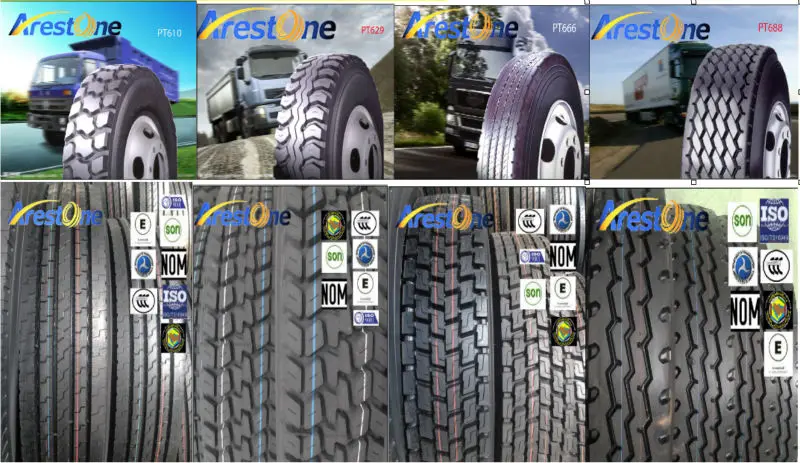
Non-directional tire replacement scheme
All-wheel drive tire replacement scheme
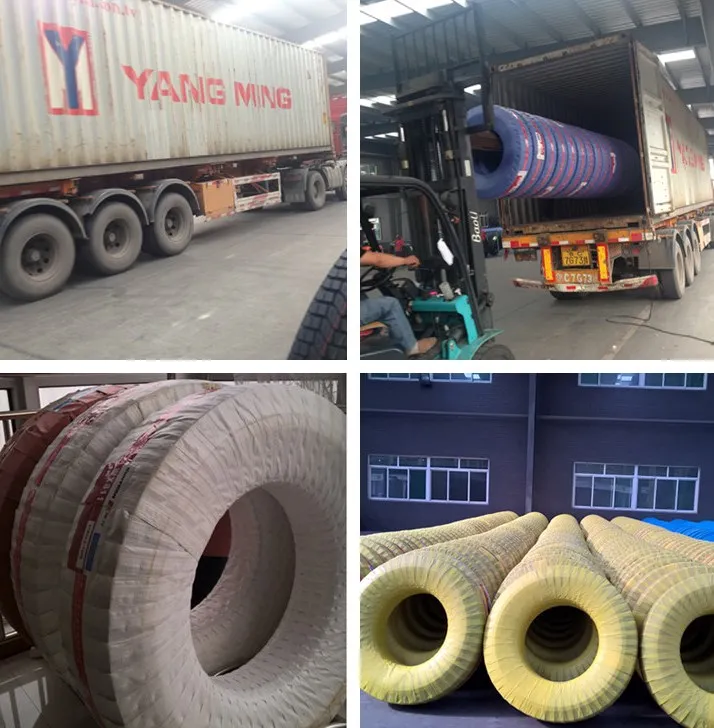
Experts recommend that you regularly check the condition of your tires, monitor the pressure and degree of tread wear. After all, it is much more profitable to fix a malfunction in the early stages than to change all the rubber later. It must be remembered that proper and timely tire care is your safety and guarantee of the durability of your rubber.
Car tires - an elastic shell mounted on a disc rim. It is the tires that dampen the small vibrations that occur due to imperfect roads and compensate for the inconsistency in the trajectories of the wheels. The characteristics of tires affect: driving comfort, maneuverability and vehicle stability. However, even the highest quality rubber eventually deteriorates. Therefore, every driver should know how to correctly determine the degree of tire wear in order to replace them in time. Car and truck tires have different periods of use, depending on both the initial characteristics of the products and the operating conditions.
The characteristics of tires affect: driving comfort, maneuverability and vehicle stability. However, even the highest quality rubber eventually deteriorates. Therefore, every driver should know how to correctly determine the degree of tire wear in order to replace them in time. Car and truck tires have different periods of use, depending on both the initial characteristics of the products and the operating conditions.
Tires wear out not only due to operational loads. They are characterized by natural aging, since the rubber compound from which the tires are made gradually loses its elasticity and resilience. The use of such rubber leads to a deterioration in vehicle controllability and creates dangerous conditions due to the high probability of tire rupture on the way.
In accordance with GOSTs 4754-97 and 5513-97, the warranty period for car tires is 5 years. Foreign manufacturers claim that the working life of tires is 5-10 years. There are no legislative acts obliging drivers to change tires after this period, but in order to create safe driving conditions, the driver must take into account the recommendations of GOST. Manufacturers usually set their own warranty periods.
There are no legislative acts obliging drivers to change tires after this period, but in order to create safe driving conditions, the driver must take into account the recommendations of GOST. Manufacturers usually set their own warranty periods.
Michelin, Bridgestone, Nokian, Continental, Dunlop, Pirelli, Yokohama:
| Brand | Warranty period declared by the manufacturer |
| Bridgestone | Tire dependent - 3-6 years |
| Nokian
| 5 years |
| Continental | 10 years old |
| Dunlop | Tire dependent |
| Pirelli | Tire dependent |
| Yokohama | 5 years |
| Michelin | 10 years old |
During the warranty period, the responsibility for identified significant defects rests with the manufacturer.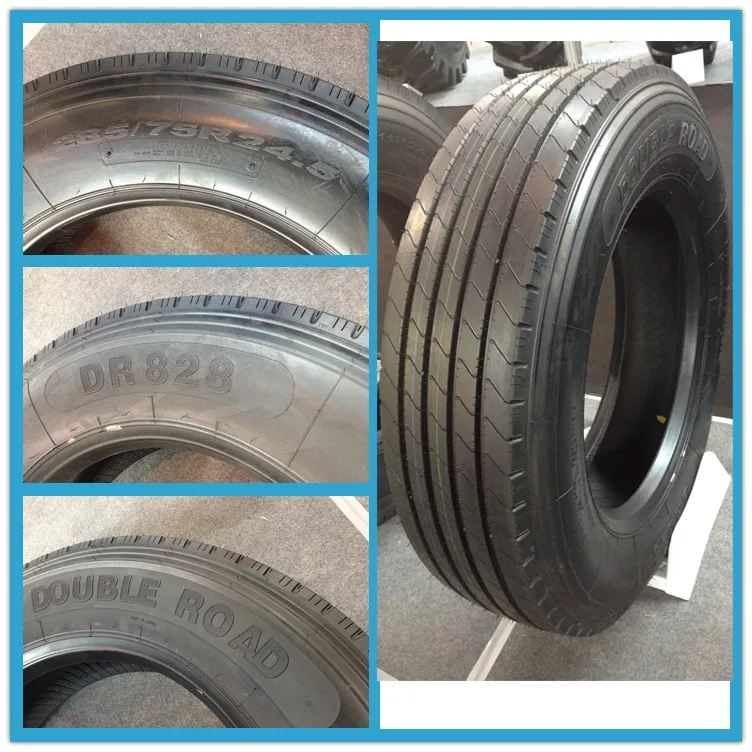 The owner of the vehicle will be forced to eliminate defects on his own if there have been:
The owner of the vehicle will be forced to eliminate defects on his own if there have been:
If the vehicle is used intensively, it may be necessary to replace the tires before the end of the warranty period. Therefore, regulatory documents establish the mileage after which you should think about replacing tires.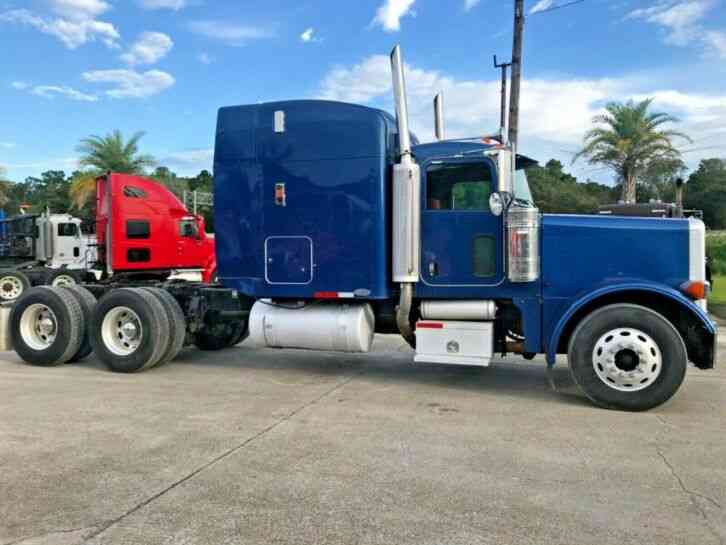
The maximum standard mileage is:
The actual rate of tire wear may differ from the standard values due to a whole list of factors, such as:

You can determine the need for tire replacement yourself by the following signs:
Table of minimum allowable tread depth for different modes of transport as amended on 01.01.2015
| Minimum allowable remaining tread depth | Type of transport |
| 0.8 mm | L - motorcycles, mopeds, quad bikes |
| 1.0 mm | N2, N3, O3, O4 - trucks with a maximum permissible mass of more than 3. |
| 1.6 mm | M1, N1, O1, O2 - cars, trucks and trailers with a maximum authorized mass of less than 3.5 tons |
| 2.0 mm | M2, M3 - buses |
| 4.0 mm | Winter tires marked M+S, M&S, M S, the amount of residual tread depth does not depend on whether tires are installed on cars or trucks |
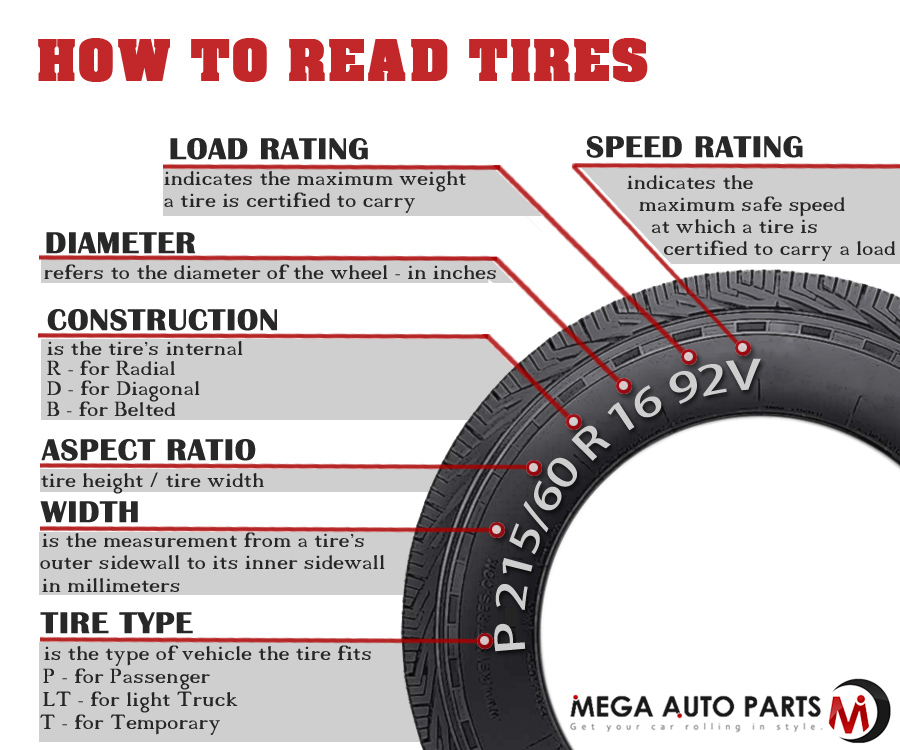 If it does not exceed 50% of the original value, then the tires must be replaced.
If it does not exceed 50% of the original value, then the tires must be replaced. Important! If the outer edges of the tire wear faster, the inflation pressure is too low. Accelerated wear of the central part indicates excessive pressure. Wear on one side indicates a violation of the toe angle. Uneven surface wear is evidence of aggressive driving with rapid acceleration and hard braking.
You can extend the life of your tires by doing the following:
Normative document regulating the terms and conditions of tire storage - GOST 24779-81.